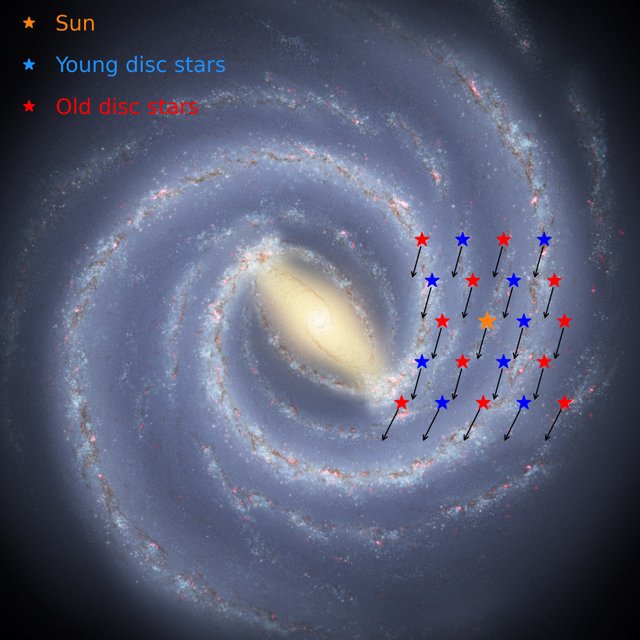Envisioning the Cosmic Horizon in 2125
Less than a century ago, the observable universe was thought to be just 100,000 light years across, limited to our Milky Way Galaxy. This was the prevailing view in the early 20th century, when astronomers believed the Milky Way constituted the full extent of the universe. However, groundbreaking discoveries, driven by advancements in telescopes,

spectroscopy, and cosmological theory, shattered this notion. Today, we know the observable universe stretches an astonishing 92 billion light years across, a vast expanse that contains approximately 2 trillion galaxies, each potentially hosting billions of stars and planets. This represents a staggering expansion in our cosmic perspective—92,000 times larger than what we perceived just 100 years ago.
This dramatic shift in understanding was not merely a matter of improved measurements but a revolution in scientific thought and technology. Edwin Hubble's observations in the 1920s revealed that what were once thought to be nebulae within the Milky Way were, in fact, distant galaxies, each a separate island of stars in an unimaginably vast cosmos. The development of more powerful telescopes, such as the Hubble Space Telescope and later the James Webb Space Telescope, along with advances in computational modeling and theoretical physics, allowed us to map the universe's large-scale structure, uncover its expansion driven by dark energy, and estimate its age at roughly 13.8 billion years. These discoveries fundamentally reshaped our place in the cosmos, revealing a universe far grander and more complex than our ancestors could have imagined.